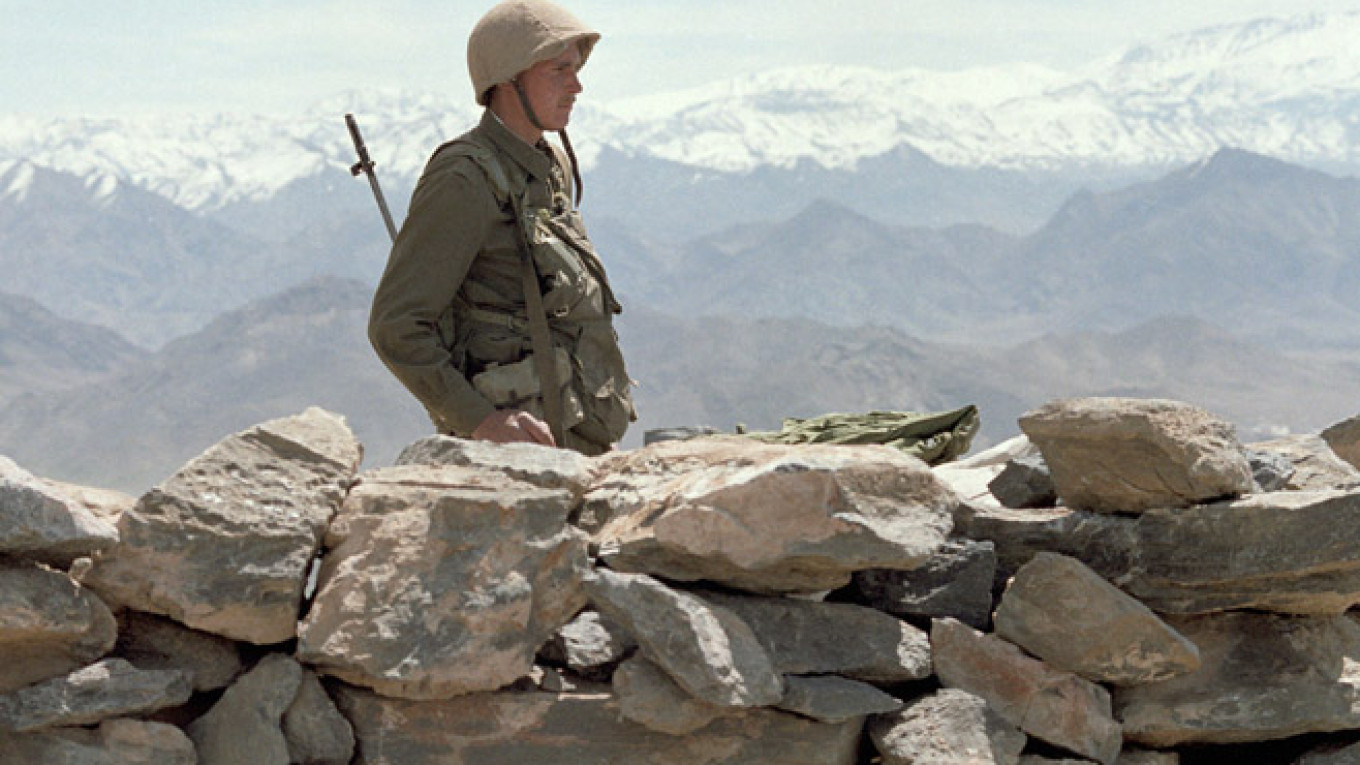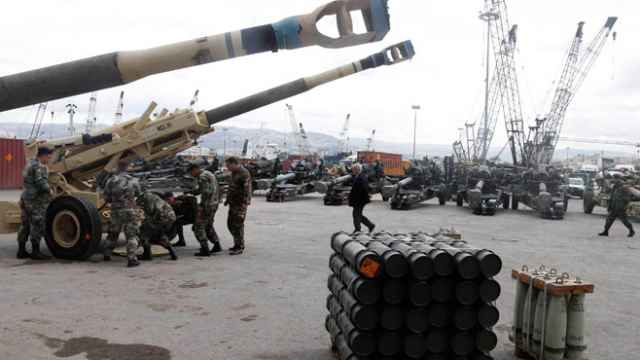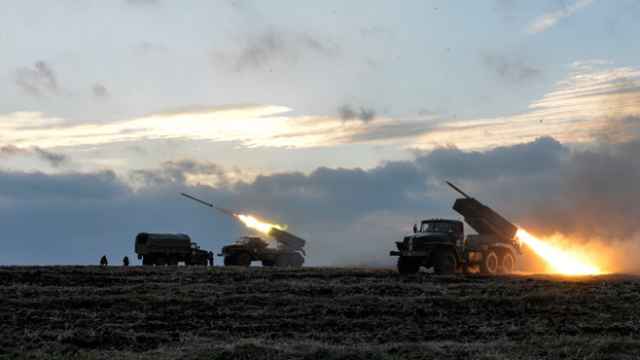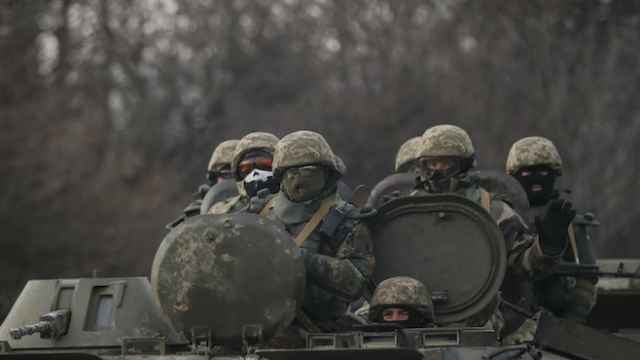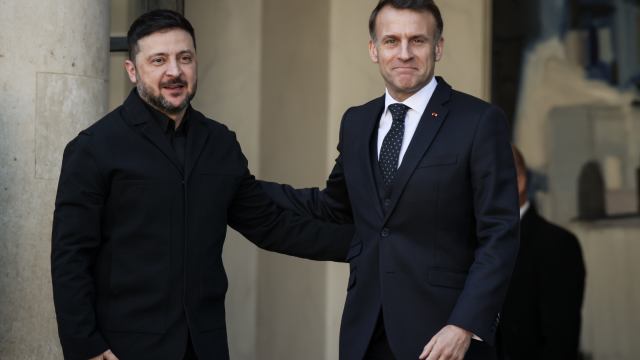With violence escalating in eastern Ukraine, the United States is considering sending lethal arms to Kiev to counter separatist forces that Washington claims are backed by Russia.
The United States has a record of giving weapons to its allies around the world, but the strategy has not always been effective. Weapons can fail to achieve their aims, and outlive the regimes they're intended to support.
The Moscow Times looked at five cases in recent history.
See also: Russia Would See U.S. Moves to Arm Ukraine as Declaration of War
South Vietnam, 1955-75
Cost: $8.7 billion
What happened: The United States began supplying South Vietnam with military aid, with President John F. Kennedy raising aid to $500 million annually in 1963.
Why: With the Soviet Union also supplying North Vietnam with weapons, the U.S. wanted to contain the spread of communism and assist Saigon in the civil war.
What happened next: In 1965 the United States sent its first combat troops to Vietnam. Two years later, nearly half a million American soldiers were in Vietnam fighting a war in which 58,000 would die. South Vietnam surrendered in 1975, six weeks after the United States cut off military aid.
Afghanistan, 1979-89
Cost: $3 billion
What happened: Dubbed "Operation Cyclone," the U.S. worked with Pakistani intelligence services to arm and train tens of thousands of Mujahideen to fight against the Soviet-backed government in Afghanistan.
Why: The U.S. wanted to stop the Soviet Union expanding its territory toward the Middle East.
What happened next: Many of the "freedom fighters" of the Mujahideen would go on to form the Taliban, and may have used the stinger missiles that the U.S. provided to shoot at American planes in the U.S.-led occupation of Afghanistan from 2002.
Somalia, 1982-87
Cost: $217 million
What happened: The United States supplied Siad Barre's regime with light weapons, radars, ammunition and heavy artillery, including M-198 Howitzers.
Why: The United States supported Barre in return for promises of access to the port of Berbera on the Gulf of Aden.
What happened next: These weapons fueled a civil war that broke out in Somalia in 1991, and were used against U.S. forces in their 1993 "Black Hawk Down" humanitarian intervention.
Georgia, 2002-03
Cost: $64 million
What happened: The United States trained 2,400 Georgian soldiers and equipped them with weapons and vehicles, ostensibly to fight terrorism in the Pankisi Gorge region.
Why: Two thousand Georgian troops ended up serving in the Iraq War, and the United States had strengthened the military of a Western-backed nation sitting on Russia's doorstep.
What happened next: Russia went to war with Georgia in August 2008. The Georgian army lasted five days.
Syria, 2013-15
Cost: Unknown
What happened: After years of debate, in 2013 the United States began experimenting with supplying light weapons and ammunitions to groups fighting President Bashar Assad that it identified as "moderate." It stepped up the program last year, providing advanced anti-tank missiles to some rebel groups.
Why: America wanted to tip the balance in the civil war against Assad's regime, as well as support rebels in their fight against the Islamic State militant group.
What happened next: Republicans in Congress are pushing the U.S. administration to provide surface-to-air missiles and other advanced weaponry amid worries that American weapons could fall into the hands of jihadis.
A Message from The Moscow Times:
Dear readers,
We are facing unprecedented challenges. Russia's Prosecutor General's Office has designated The Moscow Times as an "undesirable" organization, criminalizing our work and putting our staff at risk of prosecution. This follows our earlier unjust labeling as a "foreign agent."
These actions are direct attempts to silence independent journalism in Russia. The authorities claim our work "discredits the decisions of the Russian leadership." We see things differently: we strive to provide accurate, unbiased reporting on Russia.
We, the journalists of The Moscow Times, refuse to be silenced. But to continue our work, we need your help.
Your support, no matter how small, makes a world of difference. If you can, please support us monthly starting from just $2. It's quick to set up, and every contribution makes a significant impact.
By supporting The Moscow Times, you're defending open, independent journalism in the face of repression. Thank you for standing with us.
Remind me later.


